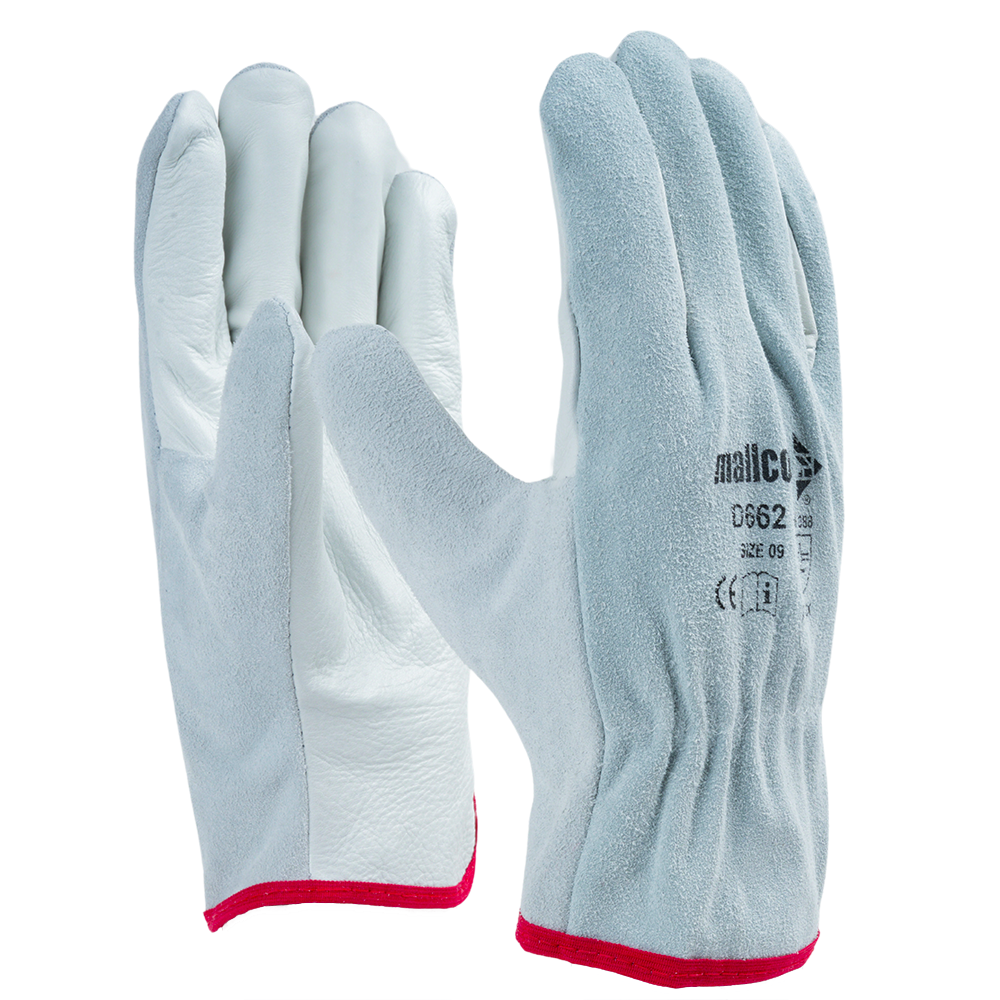D662
Share
Driver Gloves
-
Combined natural 4 tips leather driver glove, wing thumb pattern, No Lining Inside, combined leather cuff with elasticized back, synthetic tape binding
-
Provides good mechanical resistant and comfort
-
Chromium VI free leather according to EN 420:2003 + A1:2009
Abrasion
Grip
Dry Environment
Cuff
EN 388:2016+A1:2018
Delivery & Services

Easy Return
with our 15 days return poicy
Regular price
Rs. 0
Sale price
Rs. 0
Regular price
Tax included.
Shipping calculated at checkout.
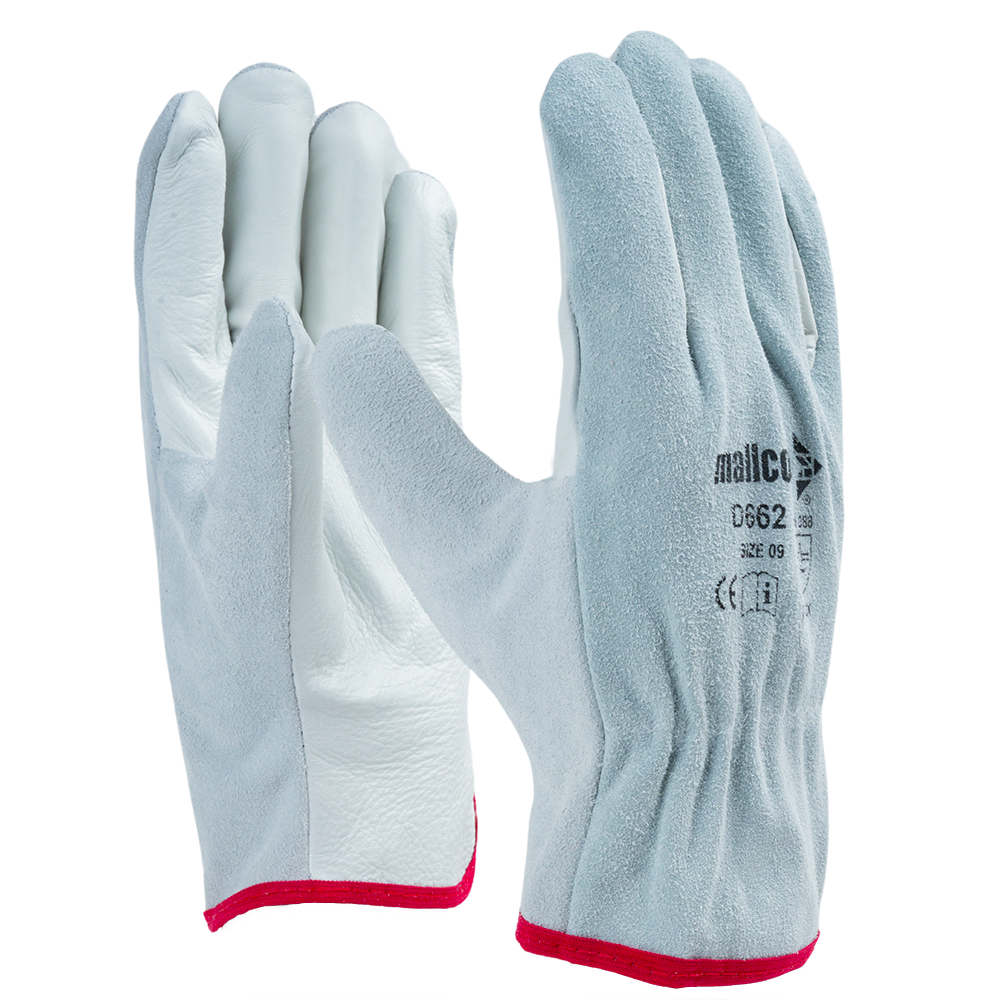

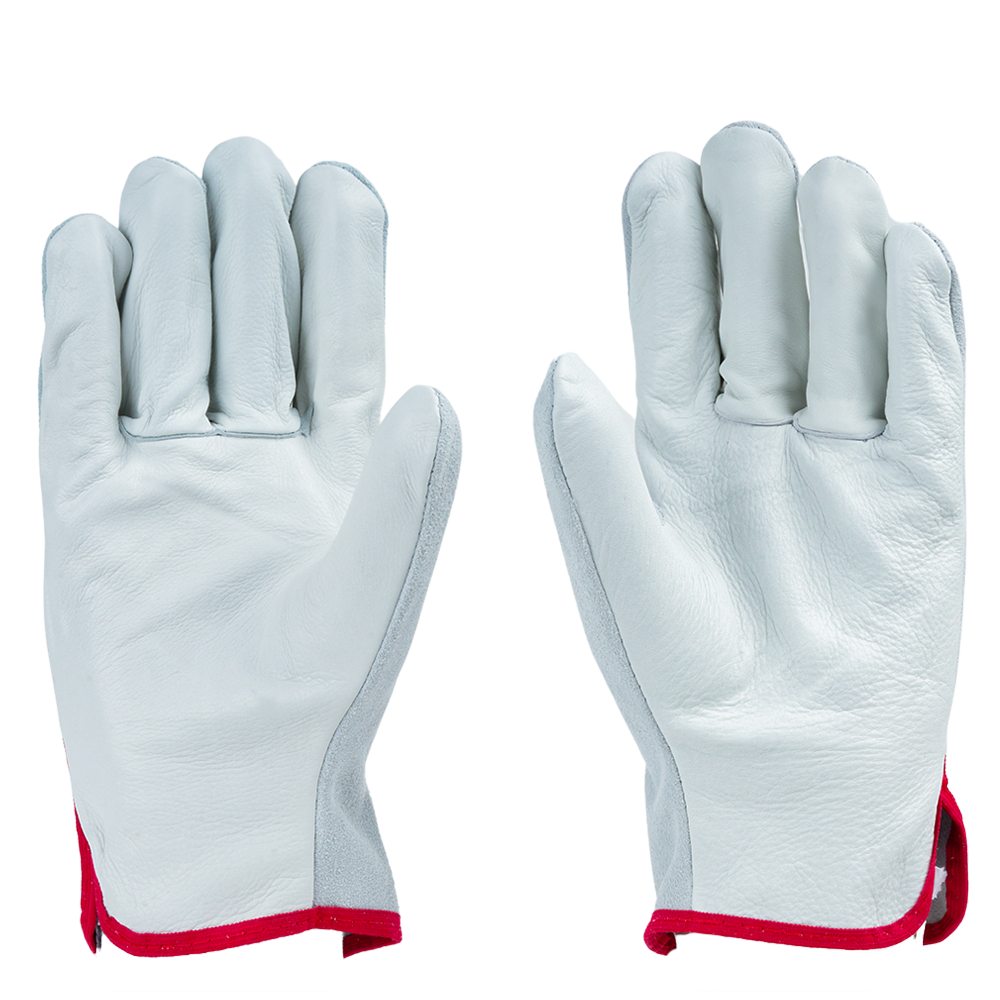
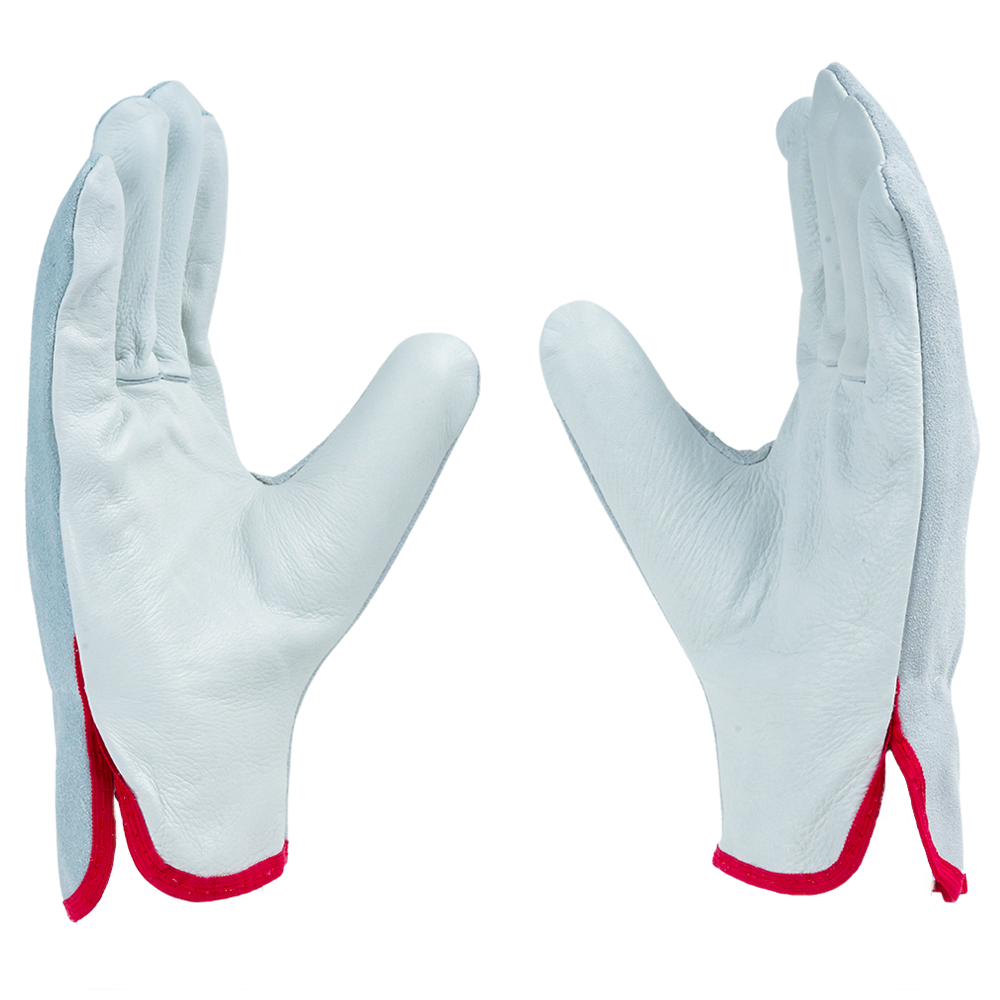

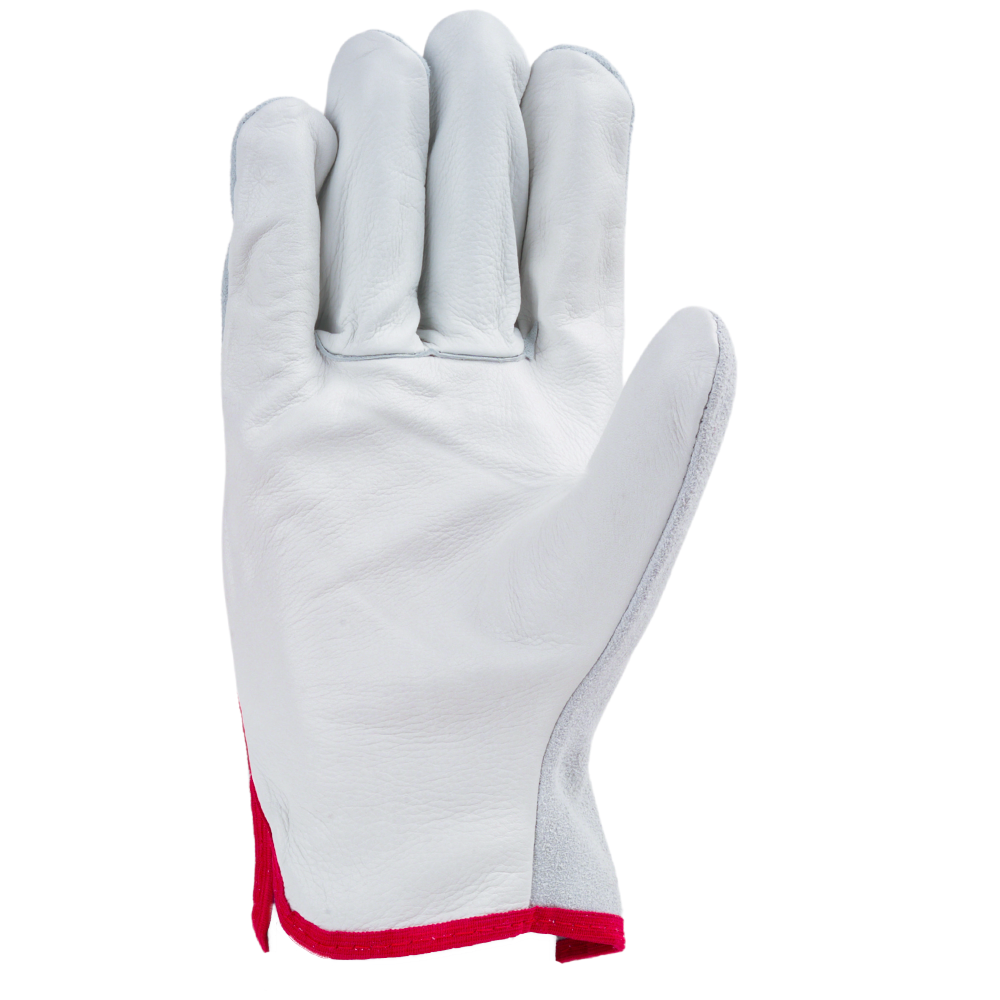

ABOUT THE DESIGN

USEFUL IN THESE INDUSTRIES
CONSTRUCTION
IRON & STEEL
LOGISTICS
MANUFACTURING

Product Features
ABOUT THE DESIGN

USEFUL IN THESE INDUSTRIES
CONSTRUCTION
IRON & STEEL
LOGISTICS
MANUFACTURING
Product Details



